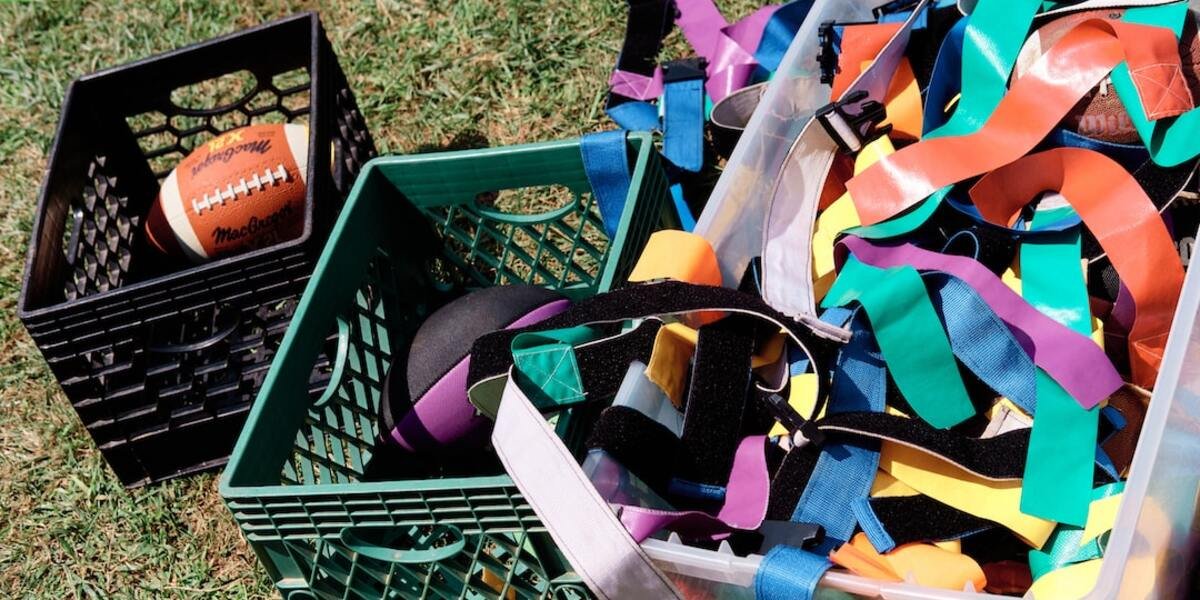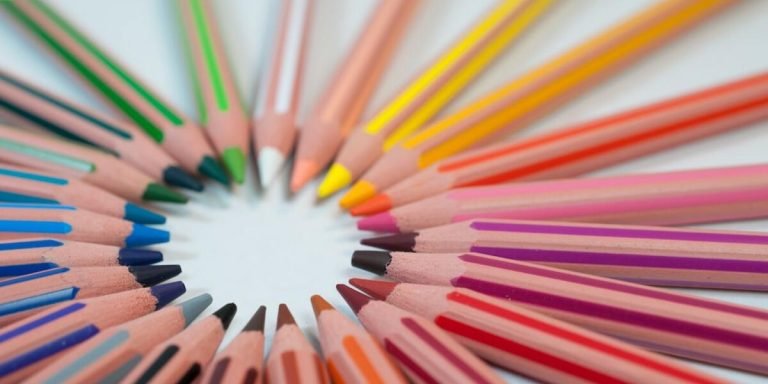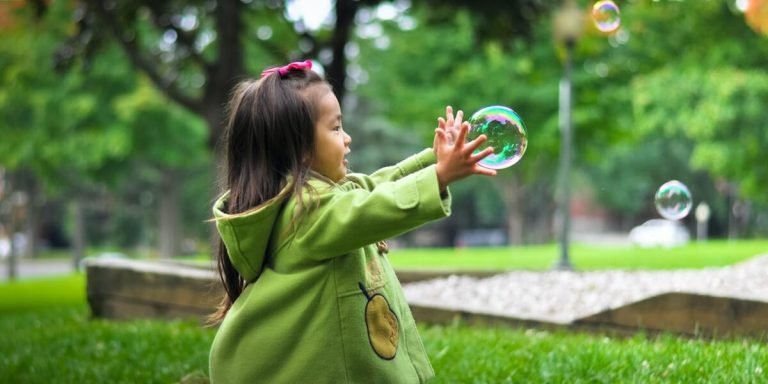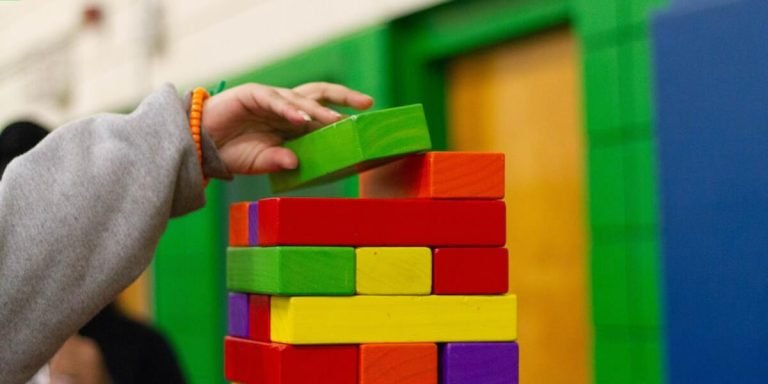Craft Making for Enhancing Childhood Education: A Comprehensive Guide
The role of craft making in childhood education cannot be overemphasized. Not only does it offer an enjoyable diversion from traditional learning methods, but it also provides a hands-on experience that enhances children’s understanding and retention of knowledge. Craft-making involves working with different materials and tools to create something unique – a process that encourages creative expression while helping kids develop fine motor skills.
Moreover, this method aligns perfectly well with Activity Based Learning (ABL) – an innovative approach towards early education which underlines the belief ‘learning by doing’. Incorporating crafts into educational activities keeps children engaged, fuels their curiosity, challenges them to think critically and helps them understand concepts better as they are actively participating in the learning process rather than merely receiving information passively.
Did you know?
Did you know that through craft making, children can develop their fine motor skills more quickly? This simple yet creative activity has been linked to improved dexterity and coordination in young learners, according to physiologists.
Understanding Activity Based Learning Through Craft Making
Craft making, while universally lauded as a fun-filled pastime for children, is more than just playtime. It’s an integral part of Activity-Based Learning (ABL) that offers profound educational benefits. The integration of technology into this process has further augmented the effectiveness and appeal of craft-making activities in learning scenarios.
In these technologically advanced times, educators harness various digital tools to enhance the traditionally hands-on experience of crafting with paper and color. For instance, there are numerous applications available today which can guide children through step-by-step processes to create crafts. These interactive apps not only offer detailed instructions but also provide visual demonstrations using 3D models or animated videos – thus simplifying complex concepts significantly.
Moreover, some avant-garde technologies such as Augmented Reality(AR) have made their way into classrooms too! Imagine a child creating a bird out of origami-paper under guided AR instruction which allows them to visualize every fold in 3D before they even make it! This fusion between traditional artistry & state-of-the-art tech encourages comprehensive understanding amongst learners by bridging the gap between theoretical knowledge and practical implementation – thereby exemplifying ABL at its finest.
Defining Activity Based Learning in the Context of Crafts
Activity-based learning, a buzzword in the education sector today, has roots deeply embedded in craft making. This innovative approach harnesses children’s natural curiosity and creativity to foster an engaging and interactive educational environment. As we delve into unraveling what activity-based learning means within the framework of crafts in this technologically advanced year of 2023, it is essential to come with an open mind.
At its core, Activity-Based Learning (ABL) involves students actively participating in their own education process rather than passive absorption from traditional teaching methods. It incorporates hands-on activities like craft making which stimulate both mental growth and creative expression simultaneously leading enhanced understanding & retention power.
In practicality with ABL through craft-making could be designing personalized bookmarks while studying literature or crafting anatomical hearts when learning about human biology thereby ensuring concepts are ingrained holistically instead merely memorizing them for short-term results.
The Role of Craft Making in Enhancing Educational Engagement
Craft making plays a significant role in bolstering educational engagement, particularly when it comes to activity-based learning. In the modern education sector, craft making allows children to explore their creativity while understanding complex concepts with ease.
With continuous advancements in 3D printing technologies, students even have the opportunity to turn their virtual crafts into tangible objects; providing them an unprecedented level of satisfaction and achievement that further enhances their educational engagement.
Moreover, crafting helps develop fine motor skills and encourages attention to detail within youngsters. These vital abilities would be beneficial as they continue progressing through different stages of life.
Furthermore, interactive craft-making activities harness problem-solving capabilities among children too. When involved in designing or constructing something from scratch using online tools or resources like recyclable materials at home converted via augmented reality apps- kids undergo cognitive development alongside having fun!
Apart from imparting knowledge about specific subjects such as geometry through origami folding sessions done via iPad screens for example- there is another integral component fostered by these exercises: patience & perseverance. Even if things don’t go right initially during the process (in terms of measurements going skewer etc.), learners realize that consistency ultimately leads towards success and mistakes provide valuable lessons – refuelling motivation levels effectively!
Crafting as a Tool for Cognitive Development and Skill Acquisition
Technology has revolutionized our educational landscape, offering unique opportunities for today’s young minds to learn and grow. Craft making, an age-old art form, has found a new lease of life with this transformation. With the integration of technology in education, children are now able to experience crafts like never before.
Crafting is no longer limited to scissors and paper; it spans across digital tools such as 3D printers and design software that stimulate creativity while promoting cognitive development. Children work through coding programs to create their craft designs digitally: be it intricate jewelry or complex architectural models. This activity-based learning approach engages students actively in problem-solving scenarios enhancing critical thinking skills.
Moreover, skill acquisition takes center stage during these crafting sessions too! Not only do they pick up essential tech-savvy abilities – such as basic programming or understanding how 3D printing works – but soft skills like patience, precision and teamwork also get honed naturally along the way.
So you see – craft-making isn’t just fun time anymore; integrated with modern technology under properly guided environments can make them your child’s stepping stone towards becoming proficient future technologists!
Fostering Critical Thinking with Hands-On Projects
is an effective method to promote cognitive development among children. With advancements in education technology, incorporating craft making as a part of the learning process can open the door for multiple benefits.
Craft-making activities are not just about creating beautiful pieces; they go beyond and touch several aspects of cognitive growth. Kids learn to plan their tasks, make decisions independently and follow logical steps – all under the engaging umbrella of hands-on projects.
Through these fun-filled projects, kids explore different concepts while enjoying themselves. They actively participate in activity-based learning which increases their engagement levels exponentially compared to traditional classroom setups.
When children get involved deeply into crafting something out creative materials like clay or paper mache, it requires them to apply logic and reasoning skills – hence promoting critical thinking abilities. This kind of active participation piques curiosity that leads learners towards solutions rather than being spoon-fed information.
The Impact of Creative Crafting on Fine Motor Skills Growth
Crafting as a tool for cognitive development and skill acquisition has been long overlooked. However, recent research in childhood education reveals the significant impact it holds on fostering fine motor skills growth among young learners.
Engaging children in craft making activities is an interactive way to elevate their learning experiences by dabbling with various materials like paint, paper or clay, etc. As they experiment with these materials to create unique artistic expressions, not only are they indulging in fun-filled playtime but also unknowingly exercising control over small muscles of their fingers and hands that contribute significantly towards improving their fine motor skills.
In addition, using augmented reality (AR) tools make complex crafting projects more accessible and enjoyable while simultaneously working wonders on promoting spatial awareness—a critical cognitive developmental milestone among growing children!
Leveraging tech-oriented devices does not mean cutting down physical interaction entirely; rather striking an optimum balance between screen time versus real-life tactile exposure ensures maximum engagement without overwhelming youngsters’ sensory thresholds.
Measuring Success in Activity Based Learning Via Craft Centric Metrics
Craft-making and technology integration may not seem like an immediate pairing, but in 2023, they are two sides of the same coin that’s redefining education. Craft-making isn’t restricted to just paper mâché balloons or popsicle stick houses anymore; it has become a valuable activity-based learning tool.
In the hands-on environment of craft-centric activities, children have a golden opportunity to develop fine motor skills while absorbing core academic subjects. These crafts work as tangible metaphors to make challenging concepts easier for young learners’ understanding. The introduction of tech tools can add another dimension by tracking metrics related to this unconventional learning method.
With recent advancements in educational technologies such as Augmented Reality (AR), Virtual Reality (VR), and Artificial Intelligence(AI) based applications there is now potentiality for real-time progress monitoring during these sessions of craft making.
These state-of-the-art tools record data about how students interact with each task throughout their crafting session– providing insightful analytics into aspects like time spent on various parts of the project , their problem-solving approach, creativity employed et al . This combination -crafting along with technology- provides educators unprecedented insight into student’s abilities beyond mere test scores and grades.
By capturing micro-level interactions through technological platforms and accumulating meaningful data around them we come closer than ever before towards personalized pedagogy ; one where every child gets tailor-made guidance best suited for their unique style of grasping knowledge.
Setting Benchmarks for Progress in Student-Centered Crafting Activities
As we delve further into the era of digital education, it’s crucial to revisit and redefine success parameters within activity-based learning modules. Especially when our focus is on craft making – an art as old as civilization itself!
Craft making serves as a potent tool for experiential and hands-on learning. It not only infuses creativity but also bolsters multifaceted skill development among children. Here’s how you can set effective benchmarks to gauge progress through these activities.
Firstly, always begin with defining expected outcomes from each crafting activity before launching them in your school or homeschooling curriculum. Be specific! For instance, by the end of a pot painting session, every student should be able to understand color blending techniques (educational outcome) while creating two complete pots themselves (practical application).
Secondly, use both quantitative and qualitative measures wherever possible; numbers may paint part of the picture but they rarely tell the whole story when it comes to creative tasks like craft-making.
On one hand are easily measurable factors like time taken per task or number of crafts created under fixed resources – which reflect efficiency levels.
Parallelly run subjective evaluation areas such as innovation quality, color sensibility applications or storytelling capacity brought out via their creations – hinting at imagination prowess being groomed simultaneously.
A critical step often missed during technology integration in education is feedback inclusion from kids themselves about what they feel they learned best during each project completion phase versus theory lessons alone.
Utilizing Feedback Loops to Improve Instructional Craft Strategies
In the realm of activity-based learning, craft making plays an integral role. It serves not just as a creative outlet for youngsters, but also as an effective tool to enhance their cognition and interpersonal skills. As we journey through 2023, technology integration in education has become even more pivotal – effectively augmenting traditional teaching methods with innovative instructional strategies.
One such strategy is utilizing feedback loops to improve instructional craft strategies which can accelerate learning outcomes dramatically. This technique involves tracking every learner’s progress using wholistic metrics from crafting activities while providing timely comments that guide students towards achieving their educational goals.
Let’s delve deeper into how exactly this process works:
Step one commences right at the onset – defining clear objectives for your craft-making session. Be it developing fine motor skills or instilling creativity; each goal must be specific and measurable.
This valuable information forms our third step- analysis and reflection., Teachers review this collected data carefully contemplating improvement areas along the way based on individual performance trends observed.
Feedback generation forms our final step encompassing both strengths and weaknesses witnessed during the session followed by practical suggestions for growth specially tailored according to each learner’s unique needs.
Conclusion
Craft making is not just a leisurely pursuit but a powerful educational tool, promoting an environment of creativity and learning. It lays the foundation for essential skills that will accompany our children throughout their lives — enhancing problem-solving abilities, encouraging critical thinking and boosting confidence levels. In essence, incorporating craft making into childhood education means nurturing well-rounded individuals who are ready to conquer tomorrow’s challenges.
Don’t stop with this guide alone! We encourage you to explore more resources on our website designed meticulously for parents and educators alike. You’ll find comprehensive guides spanning various aspects of early education filled with innovative strategies, engaging activities, expert advice – all aimed at empowering you in your quest to make every child’s learning journey meaningful and enjoyable.
Thanks for reading along- keep crafting those bright futures!







